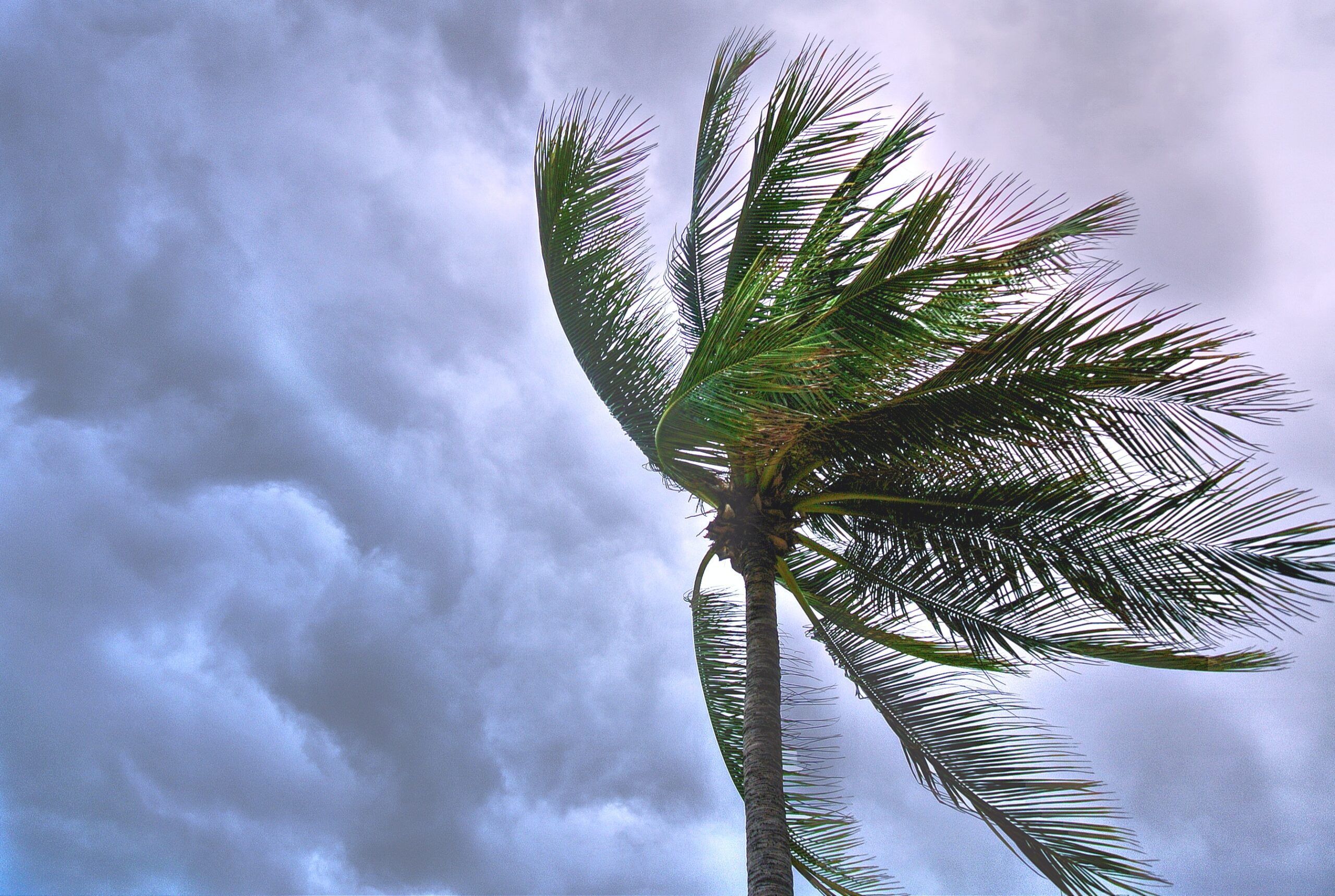Designing for Resilience: Structural Engineering Strategies for Cyclonic Conditions in the Maldives
Introduction:
The Maldives is prone to cyclones and storms, making it essential to incorporate specific design strategies in structural engineering projects to ensure the safety and stability of buildings. By considering factors such as wind load requirements, reinforced structures, bracing and anchoring systems, and aerodynamic shapes, engineers can enhance the resilience of structures against extreme weather events. These design strategies are crucial in mitigating the impact of cyclonic conditions and protecting the built environment in the Maldives.
Content:
- Understanding Wind Load Requirements:
In designing structures for cyclonic conditions, engineers must carefully assess the anticipated wind loads. Wind loads are determined based on factors such as the region’s historical weather data, local topography, and building height and shape. By considering these parameters, engineers can determine the amount of force that the structure will experience and design components to withstand it. Calculating wind loads accurately is vital to ensure that structures remain stable and can withstand strong winds during cyclones and storms. - Reinforced Structures:
Reinforcement is critical in enhancing the resilience of structures against cyclonic conditions. Incorporating reinforced concrete elements, such as columns, beams, and walls, strengthens the overall structure by increasing its load-carrying capacity. Reinforced structures can better withstand the forces exerted by strong winds and cyclonic events. By utilizing appropriate reinforcement detailing techniques and robust structural systems, engineers can improve the structural integrity and durability of buildings, reducing the risk of collapse during extreme weather events. - Bracing and Anchoring Systems:
Implementing effective bracing and anchoring systems is crucial in ensuring the stability of structures during cyclonic conditions. Bracing elements, such as shear walls and cross-bracing, distribute and absorb lateral loads, reducing the risk of structural failure. Anchoring systems, such as deep foundations or piles, provide the necessary stability to anchor buildings to the ground, preventing them from being displaced or damaged by strong winds. By strategically integrating bracing and anchoring systems into the design, engineers can enhance the resistance of structures against cyclonic forces. - Aerodynamic Shapes and Design Considerations:
Designing buildings with aerodynamic shapes helps to minimize wind resistance and reduce the impact of cyclonic winds. By incorporating features such as streamlined profiles, curved surfaces, and tapered structures, engineers can mitigate the effects of wind pressure. Additionally, rounded corners and smooth transitions on building facades help to reduce the likelihood of wind vortex formation, which can cause localized high-pressure areas. By considering these design aspects, engineers can create structures that can effectively withstand and dissipate the forces exerted by cyclonic winds. - Building Codes and Regulations:
Compliance with local building codes and regulations is essential to ensure that structures are designed and constructed to withstand cyclonic conditions. In the Maldives, building codes and regulations have been established to specify the minimum requirements for structural design and construction. These codes provide guidelines on factors such as wind load calculations, structural materials, and reinforcement detailing. Adhering to these codes ensures that structures are built to withstand cyclonic conditions, assuring the safety and stability of buildings in the Maldives.
Conclusion:
Designing for resilience against cyclonic conditions is crucial in structural engineering projects in the Maldives. By considering factors such as wind load requirements, reinforced structures, bracing and anchoring systems, and aerodynamic shapes, engineers can create buildings that can withstand and mitigate the impact of cyclones and storms. Compliance with building codes and regulations further ensures that structures are designed and constructed to withstand extreme weather events. Through these design strategies, engineers can contribute to the safety and stability of buildings in the Maldives, protecting the built environment and its occupants from the forces of cyclonic conditions.

